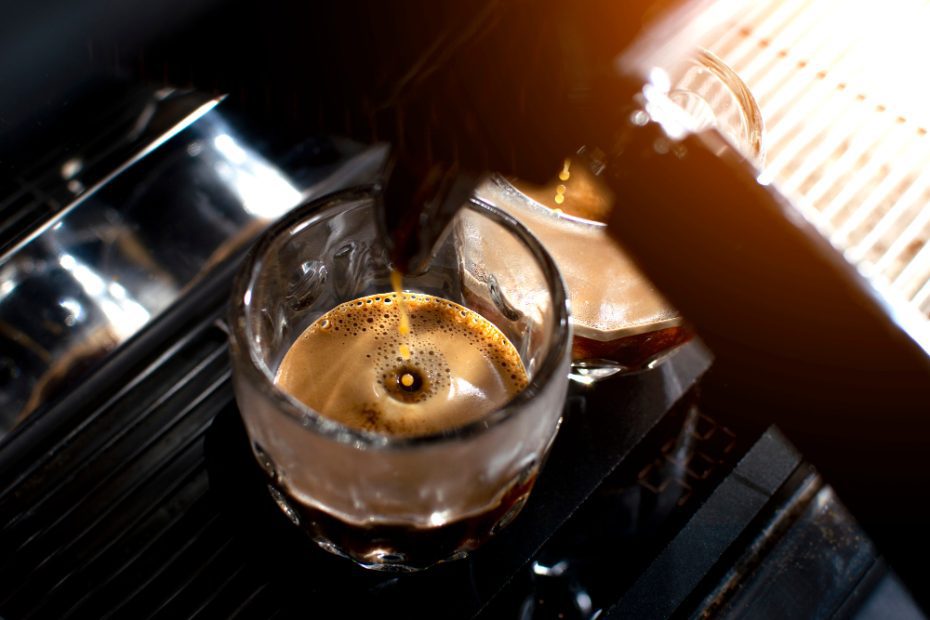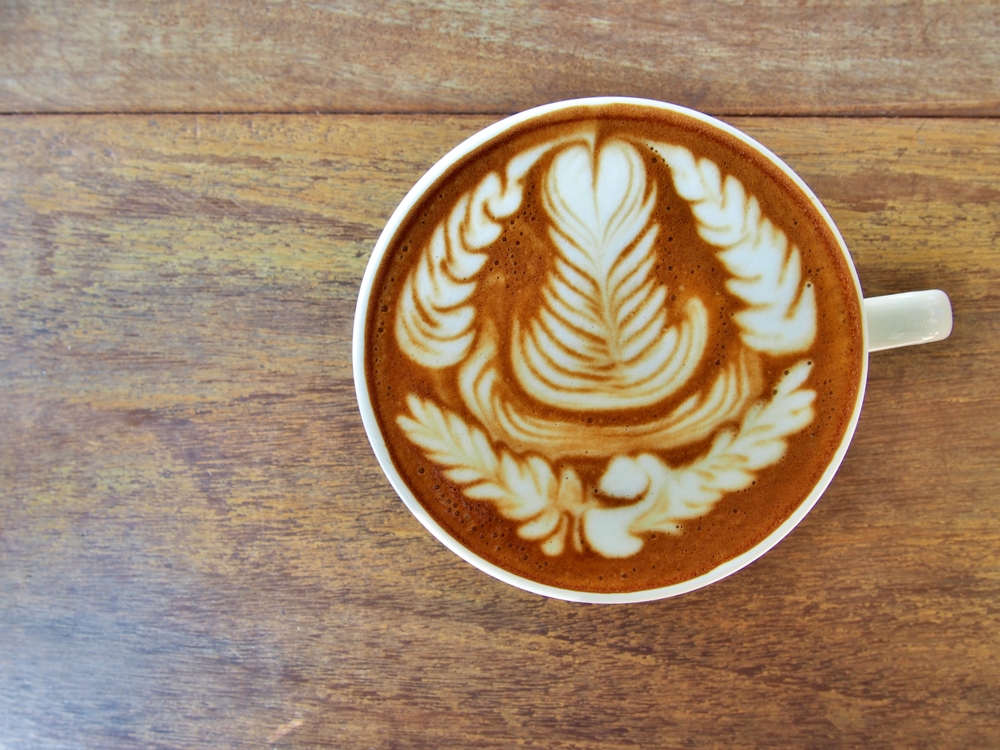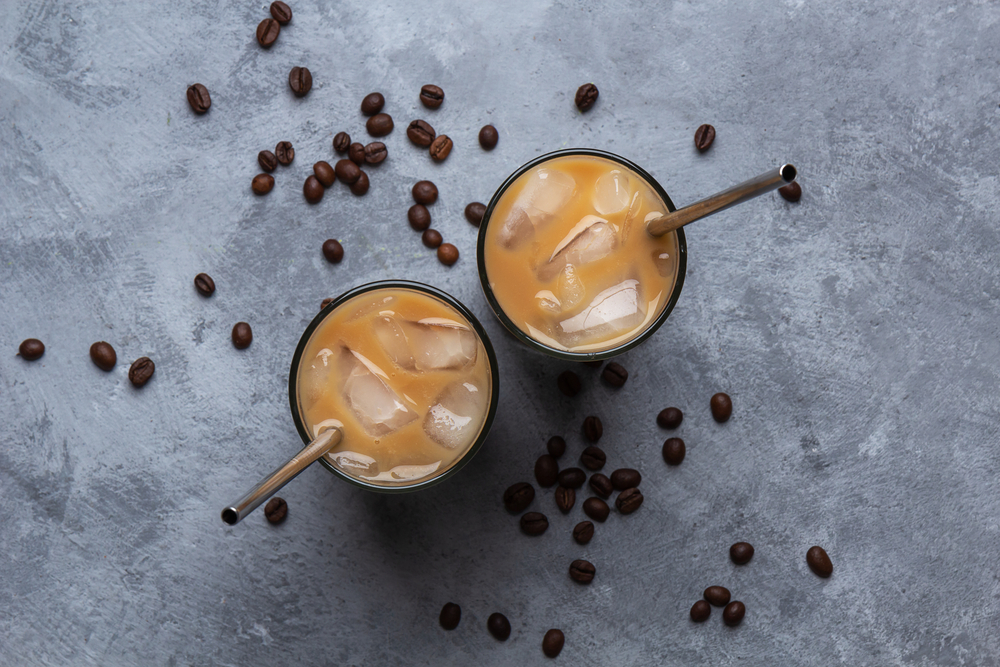The world of espresso is rich, multifaceted, and steeped in tradition. But, before one can dive into the depth of its intricacies, mastering the basics is essential. So, what is the fundamental knowledge you need about espresso? This article aims to provide a comprehensive overview of espresso’s basic understanding.
Espresso Defined
To appreciate espresso, we must first define it. Espresso is a method of preparing coffee that involves forcing nearly boiling water under high pressure through finely ground coffee beans. The result is a concentrated beverage with a distinctive taste, aroma, and body.
“At its core, espresso is coffee in its most concentrated form, offering a multi-sensory experience for coffee lovers,” explains a coffee expert.
Key Components of Espresso
Several elements distinguish espresso from other forms of coffee, from the beans and grind to the extraction process.
Espresso Beans and Grind
Espresso Beans: Espresso can technically be made from any type of coffee beans, including Arabica and Robusta. The selection of beans greatly influences the flavor profile of the final shot.
Grind: Espresso requires a very fine grind. The grind’s fineness increases the surface area in contact with water, allowing for the extraction of bold flavors and aromas within the short brewing time.
Extraction Process
The process of making espresso involves forcing hot water (at a temperature of approximately 200°F) through the tightly packed, finely ground coffee under high pressure (usually 9 bars). This extraction method contributes to the unique characteristics of espresso.
The Anatomy of an Espresso Shot
An espresso shot is composed of different layers, each contributing to the overall taste and texture of the beverage.
The Body: This is the main part of the espresso, making up the bulk of the shot. It should have a strong, robust flavor.
The Heart: This is the middle layer of the shot, darker in color. It contains the shot’s sweetness and body.
The Crema: This is the light, creamy layer that forms on top of the shot during extraction. It’s a sign of a well-extracted espresso shot and should have a sweet, rich flavor.
Types of Espresso
There are different types of espresso, depending on the amount of water used in extraction and the serving size. Some common types include:
- Ristretto: Also known as a ‘short shot’, it’s a concentrated 15–20 ml shot of espresso.
- Single Espresso: A standard 25–30 ml shot of espresso.
- Lungo: This is a ‘long shot’ of espresso, typically 50–60 ml, where more water is passed through the coffee grounds.
Espresso-Based Drinks
Espresso serves as the foundation for numerous popular coffee beverages:
| Beverage | Description |
|---|---|
| Cappuccino | Equal parts of espresso, steamed milk, and milk foam. |
| Latte | One shot of espresso topped with steamed milk and a small amount of milk foam. |
| Americano | Espresso diluted with hot water, resulting in a beverage similar in strength but different in taste to traditionally brewed coffee. |
In conclusion, understanding the basics of espresso – from the beans and grind to the extraction process, the types of espresso, and the popular espresso-based drinks – is the first step to exploring and appreciating the rich world of this robust coffee variant.



